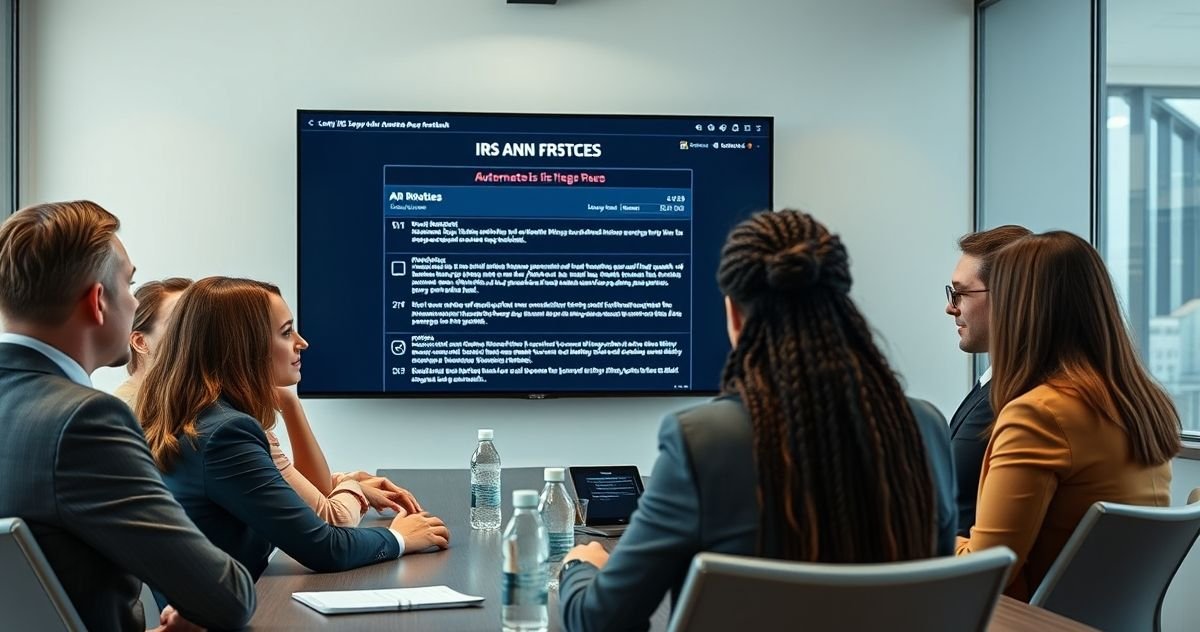The Internal Revenue Service (IRS) processes millions of tax returns each year, and to manage this volume efficiently, it relies on automated correspondence—letters generated by computer systems without manual intervention. These letters serve to alert taxpayers about routine matters such as errors on tax returns, missing forms, payment due dates, or confirmation of received documents. While they are often straightforward, ignoring these automated notices can lead to penalties, accrued interest, or further complications.
Why Does the IRS Use Automated Correspondence?
The IRS uses automated correspondence to streamline communication, reduce processing times, and focus human resources on more complex cases. Automated letters handle common issues that the IRS can resolve quickly by requesting additional information or notifying taxpayers of adjustments. This system supports efficient tax administration by addressing millions of cases simultaneously.
How Automated Correspondence Works
IRS computer systems analyze tax returns and taxpayer accounts for irregularities such as:
- Missing or incomplete forms
- Mathematical errors on returns
- Mismatches between filed returns and information received from employers or financial institutions
- Potential identity theft or fraud alerts
- Payment confirmations and due reminders
When the system flags an issue, it generates a standardized notice sent to the taxpayer’s address on record. These letters explain the reason for contact and outline any required action.
Common Types of IRS Automated Correspondence
| Letter Type | Purpose | Recommended Response |
|---|---|---|
| CP2000 Notice | Income discrepancy between your return and third-party reports | Review notice, provide documentation if differences are disputed, or pay additional tax |
| CP14 Notice | Notice of balance due | Pay balance or contact IRS for payment options |
| CP75 Notice | Confirmation that tax return was received | Retain for your records |
| CP3219A Letter | Statutory notice of deficiency initiating audit or appeal period | Respond timely or appeal within 30 days |
| CP49 Notice | Reminder of outstanding tax payment | Make payment or request extension |
Example in Practice
Suppose you filed a tax return reporting $40,000 in wages, but your employer reported $42,000 to the IRS. The system detects this discrepancy and sends you a CP2000 notice requesting clarification. You must respond by providing documentation or agreeing to pay the additional tax.
Who Receives Automated Correspondence?
Most taxpayers receive automated correspondence at some point, especially when minor errors or questions about their returns or payments arise. Even taxpayers without discrepancies might receive confirmation letters or informational notices as part of routine tax administration.
Tips for Handling IRS Automated Correspondence
- Don’t ignore the letters: Even informational notices may require action.
- Read the letter carefully: Understand what is being requested and any deadlines.
- Keep copies: Retain all correspondence and your responses for your records.
- Respond promptly: Meeting deadlines helps avoid penalties and interest.
- Verify legitimacy: Official IRS letters will include your name, last four digits of your Social Security Number or ITIN, and contact information.
- Seek professional help: Consider consulting a tax professional for complex issues or if you disagree with the notice.
Common Misconceptions
- Automated letters aren’t always bad news; some confirm filing receipt or provide helpful information.
- While automated, these notices are typically accurate, but taxpayers have the right to verify or dispute claims.
- The IRS primarily uses mail, not phone calls, for official correspondence to maintain proper documentation.
Frequently Asked Questions
Q: Can I ignore an automated IRS letter if I believe it’s an error?
A: No. Ignoring any IRS notice can result in penalties. Always respond promptly, providing any requested documentation or explanations.
Q: How do I verify that a letter is genuinely from the IRS?
A: Authentic IRS letters include your full name, part of your taxpayer ID, and official contact numbers. Beware of scams; the IRS does not initiate contact by email or phone demanding immediate payment.
Q: What if I never received an expected IRS letter?
A: You can contact the IRS directly or access your account online at IRS.gov to view your case status or request a copy.
For more detailed guidance on IRS notices and responses, visit the IRS guide on Notices and Letters. Handling automated correspondence promptly helps maintain compliance and prevent unnecessary stress in your tax matters.

